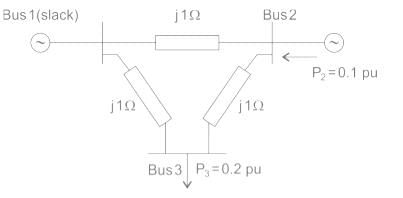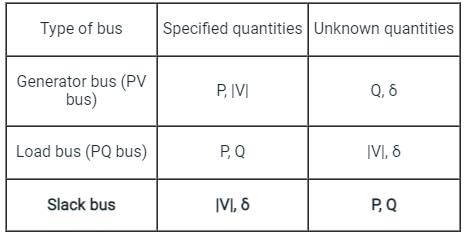Test: BUS Classification - Electrical Engineering (EE) MCQ
10 Questions MCQ Test - Test: BUS Classification
A power system has 200 buses of which 150 buses are load buses and others are generator buses. The size of the jacobian matrix is:
At slack bus, the combinations of variables specified for load flow study is
For load flow studies, what are the quantities specified at load bus?
Which of the following quantities are known on the generator bus?
Out of the following options, the most relevant information needed to specify the real power (P) at the PV buses in a load flow analysis is
In the following network, the voltage magnitudes at all buses are equal to 1 pu, the voltage phase angles are very small, and the line resistances are negligible. All the line reactances are equal to j1Ω

If the base impedance and the line – to line base voltage are 100 ohms and 100 kV respectively, then the real power in MW delivered by the generator connected at the slack bus is



















